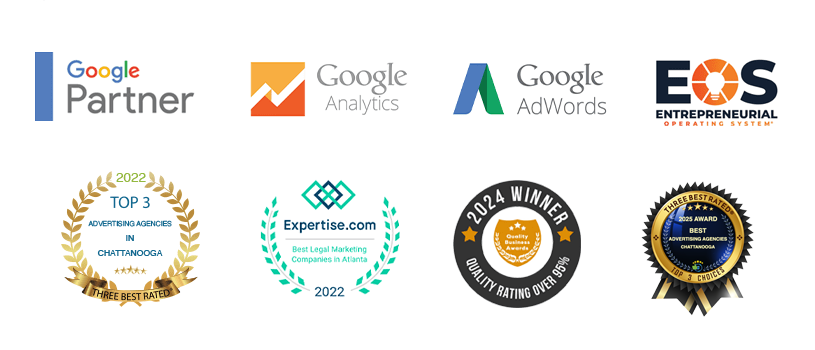News

The Future of Marketing: Trends and Innovations to Watch

Title: The Future of Marketing: Trends and Innovations to Watch
The world of marketing is constantly evolving, driven by advancements in technology and changing consumer behavior. To stay ahead in this dynamic landscape, it’s crucial for marketers to keep an eye on emerging trends and innovations. In this blog post, we’ll explore some key marketing trends that are shaping the future and provide statistics to support their significance.
-
Artificial Intelligence (AI) and Machine Learning (ML)
Artificial Intelligence (AI) has emerged as a transformative force in various industries, including marketing. AI refers to the simulation of human intelligence in machines that can perform tasks that typically require human intelligence, such as learning, problem-solving, decision-making, and natural language processing. In the marketing realm, AI technologies are revolutionizing how businesses analyze data, automate processes, and deliver personalized experiences to consumers.
One of the key applications of AI in marketing is data analysis. With the increasing volume and complexity of data, AI algorithms can quickly and efficiently analyze vast amounts of information to identify patterns, trends, and insights. This allows marketers to gain a deeper understanding of their target audience, preferences, and behaviors. AI-powered analytics can provide valuable insights into consumer segments, purchase patterns, and campaign performance, enabling marketers to make data-driven decisions and optimize their strategies for better results.
-
Automations
Another crucial aspect of AI in marketing is automation. AI-powered tools and platforms can automate repetitive and time-consuming tasks, freeing up marketers’ time to focus on strategic initiatives. For instance, chatbots, which use natural language processing and machine learning algorithms, can interact with customers in real-time, answer their queries, and provide personalized recommendations. Automation also extends to content creation, with AI algorithms capable of generating written content, designing visuals, and even producing video content.
-
Voice Search Optimization
With the rise of voice assistants like Amazon’s Alexa, Google Assistant, and Apple’s Siri, voice search is becoming increasingly popular. Statistics show that by 2024, there will be over 8 billion voice assistants in use globally. Marketers need to optimize their content for voice search by incorporating conversational keywords and providing concise, accurate answers to voice queries. Voice search also presents new opportunities for local businesses to reach customers, as 46% of voice search users seek local business information daily.
-
Video Marketing Dominance
Video has emerged as a dominant form of content consumption, and its popularity continues to soar. According to Cisco, by 2023, video content will make up 82% of all internet traffic. Marketers should prioritize video marketing strategies, including live streaming, interactive videos, and video storytelling, to engage their audience and convey their brand message effectively. Videos also generate higher click-through rates and boost conversions, making them a valuable asset in any marketing campaign.
-
Sustainability and Purpose-Driven Marketing
Consumers are increasingly concerned about the social and environmental impact of the brands they support. Purpose-driven marketing, which aligns a brand with social or environmental causes, is gaining traction. A study by Accenture reveals that 62% of consumers want companies to take a stand on current and broadly relevant issues. Marketers should consider incorporating sustainability into their messaging, supporting social initiatives, and communicating their brand’s values to resonate with socially conscious consumers.
-
Influencer Marketing Evolution
Influencer marketing has evolved beyond social media endorsements. Brands are now leveraging micro-influencers and nano-influencers with smaller but highly engaged audiences. Studies reveal that micro-influencers generate 6.7 times more engagement than larger influencers. Additionally, brands are focusing on authenticity and long-term relationships with influencers to build trust and credibility. As per a survey by Linqia, 57% of marketers plan to increase their influencer marketing budgets in the coming year.
-
Personalization and Hyper-targeting
Consumers now expect personalized experiences, and marketers must deliver targeted messaging across multiple channels. Data-driven insights enable businesses to segment their audience and tailor content accordingly. A study by Evergage reveals that 88% of marketers report a measurable lift in business results due to personalization efforts. Implementing dynamic content, personalized emails, and personalized recommendations can significantly enhance customer engagement and loyalty.
-
User-Generated Content (UGC) and Community Building
Consumers now trust the opinions and experiences of their peers more than traditional advertising. User-generated content, such as customer reviews, social media posts, and testimonials, has a significant impact on purchase decisions. According to a survey by Stackla, 79% of people say UGC highly influences their purchasing decisions. Marketers can harness the power of UGC by encouraging customers to share their experiences, organizing contests, and creating online communities where customers can engage with each other and the brand.
-
Augmented Reality (AR) and Virtual Reality (VR)
AR and VR technologies are transforming the way brands engage with their customers. These immersive experiences enable customers to visualize products, try virtual demos, and even experience virtual showrooms. The global AR and VR market is projected to reach $125 billion by 2026, according to Statista. Marketers can leverage AR and VR to enhance product experiences, drive online sales, and create memorable brand interactions.
-
Mobile-First Marketing
The increasing use of smartphones has made mobile marketing a top priority. Mobile devices have become the primary source of internet access, with mobile traffic accounting for over half of global website traffic. Marketers must ensure their websites are mobile-friendly, optimize email campaigns for mobile devices, and consider mobile-specific strategies such as location-based targeting and mobile app advertising. Mobile-first marketing allows businesses to reach customers on-the-go, capture their attention, and provide seamless experiences across devices.
-
Conclusion
The future of marketing is filled with exciting opportunities and challenges. Embracing emerging trends and innovations will be key to staying relevant and connecting with the ever-evolving consumer base. By harnessing the power of AI, optimizing for voice search, leveraging video marketing, evolving influencer strategies, personalizing customer experiences, and exploring AR/VR technologies, businesses can position themselves for success in the years to come.
Remember, staying ahead in the marketing landscape requires continuous learning and adaptation. By keeping an eye on the trends discussed in this article, marketers can make informed decisions and stay ahead of the competition in the future of marketing.










